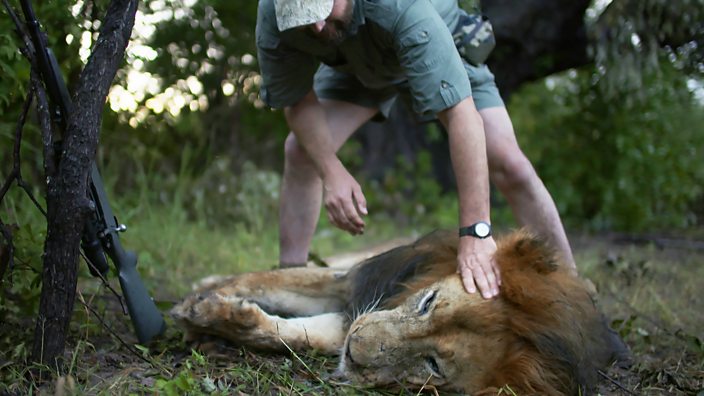Planet Earth is a beautiful place. It’s full of wild animals, fantastic fauna, and a breathtaking landscape. And then, there’s us. Humans–modern hunters.
While many generous people roam this planet and sacrifice for the betterment of humankind and game animals, we can’t stop ourselves from wiping out wildlife species.
Hunting groups hunt wildlife to extinction; we’ve critically endangered exotic animals. We’re responsible for habitat destruction and shrinking the planet’s threatened species.
The illegal wildlife trade is only a part of illegal hunting activities. Climate change and natural habitat loss mean polar bears are on the precipice of vanishing. Along with elephant poaching and shark fin soup eating, our conservation efforts may come too late.
History
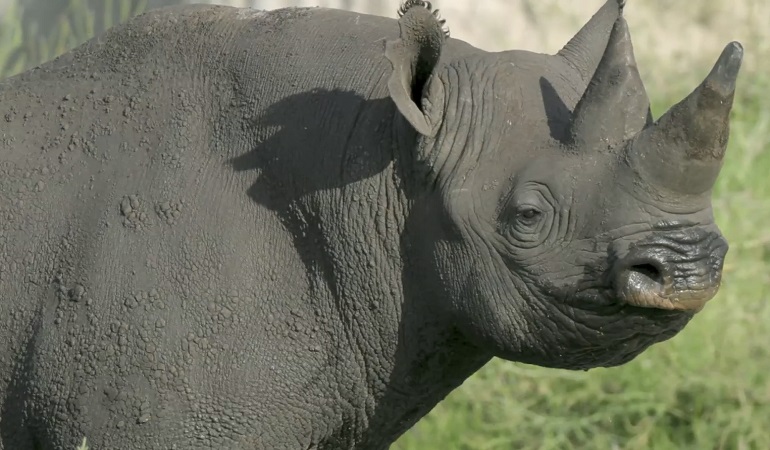
Hunting is an ancient practice of stalking, chasing, and capturing an animal to kill. Humans are prey species that hunt for food and wild animal products as part of our evolution. We were once subsistence hunters.
Today people also hunt to collect animal carcasses for taxidermy, kill for trophy hunting pleasure, for adventure safari hunting, and kill pests and predators.
To understand hunting, we need to look back into our ancestry to the existence of the genus Homo. Anthropologists and archeologist date hunting back to the Early Pleistocene and Homo erectus a few million years ago (1.7 million). Fire and stone tools played a huge role in this development.
Before then, evidence suggests early hominids were frugivores or omnivores with a diet supplemented by scavenging. Humans also hunt animals to prevent the loss of crops and to cull the spread of diseases. We use insects like wasps, ladybugs, and bees to help crops grow.
Hunting: The Deadly Sport
Living in unison with wild animals as sentient beings have proven a tremendous challenge for humans. Since our beginning, we’ve waged war against creatures that also have the right to live on the lands as we do. Only people are divided on wildlife conservation and saving animal species.
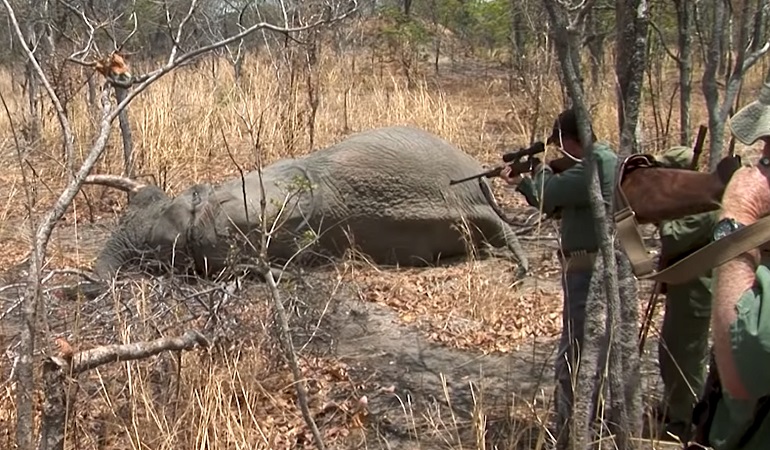
Hunting wild animals to extinction is rooted in cruelty, selfishness, and, tragically, senselessly losing thousands of animals. It’s a debate antagonizing humanity. Regardless of hunting techniques, wildlife conservation biology, and the animal population dilemma, in modern times, we’re on the cusp of disaster.
Hunting Is Painful and Miserable
Despite mounting and irretrievable evidence, some people believe that animals are inferior to people and don’t experience emotion or pain. Therefore, we can treat them as poorly as we have for thousands (millions) of years.
The war between the 4% of active hunters and 22% of wildlife advocates is ongoing. Sadly, the 4% group actively hunts under the disguise of the sustainable management cloak. Animal hunters contribute less to the economy and protection of animals than animal enthusiasts, who spend $20 billion more on their hobby than hunters.
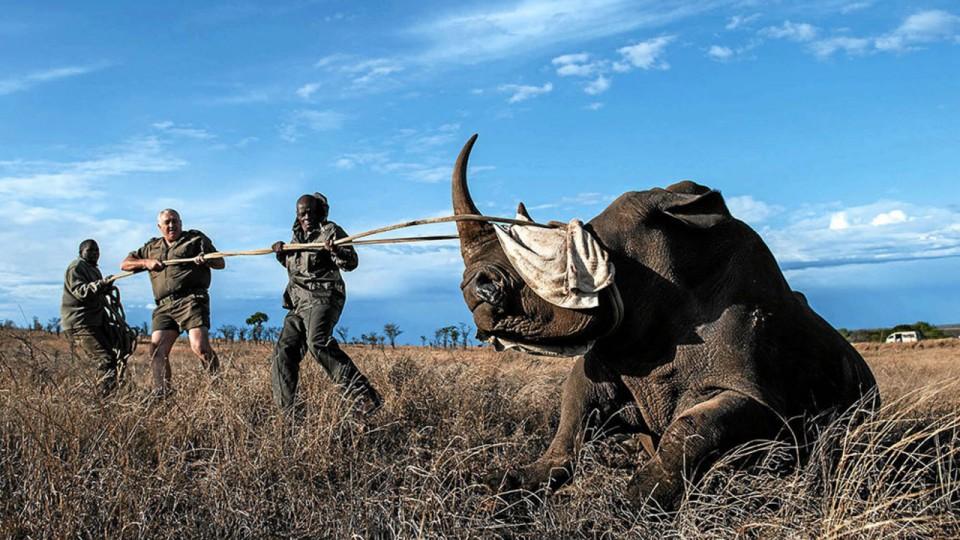
Hunting practices worldwide are under attack from the public. Despite this shift, hunters and their dwindling numbers have access to a virtual garden of Eden to hunt and kill more than 200 million wild animals annually.
The noise an animal in pain makes is gut-wrenching. Hunting advocates who promote shooting animals in the face and gut are cowards. Even crueler are spring bear hunts. These bears are an easy target emerging from hibernation, and many females have cubs. A dead mother also means dead cubs!
Hunted animals also experience undue stress. Survival for a wild animal is a constant battle of finding shelter, enough food, and evading natural predators. Hunting disrupts their life and migration patterns.
Hunting Is Not a Sport
Sport is a fun activity that engages competition. It was also a clever way for hunters to soften the true meaning of their blood sport. Sport means having participants who willingly agree to partake. Hunters write the rules for their gain, which has devastating consequences for animal populations.
Hunting Is an Injustice
Hunting is a rigged ‘sport’ where only one side can win. It’s never the animal. Hunted animals are up against shotguns, rifles, bows, and arrows, and advanced technology to help track animals. Hunters bait and cripple thousands and kill animals by the millions.
- 6 million deer
- 28 million quail
- 20 million pheasants
- 25 million rabbits
- 14 million ducks
- Thousand of moose, bears, elk, antelope, cougars, wolves, coyotes, bobcats, boar, turkeys, squirrels, doves (see what happened to passenger pigeons), polar bears, and any animal within the sights of a shotgun. Not all of these animals are killed with hunting tags and licenses. Let’s not forget elephants, rhinos, primates, alligators, crocodiles, lions, tigers, cheetahs, and other exotic animals.
Wild Animals are Not Crops
Animals have families too. Anyone with eyes can see that wild animals have relationships with their offspring and group members.
However, it’s the accepted norm that wildlife officials and hunters have the right to milk the nature of any animal species on their menu. They can justify their animal management theories as facts to help balance wildlife for their own good.
Natural Carnivores are the Real Ecosystem Managers
Human arrogance is breathtaking. Our hypocrisy in thinking we have a better way to manage nature than natural predators like wolves, lions, bears, sharks, and alligators is astonishing.
We went on a path to wipe out wolves only to reintroduce them as natural animal conservationists. Our national parks and wilderness ecosystems flounder under human management and drive us closer to species extinction.
Types of Hunting
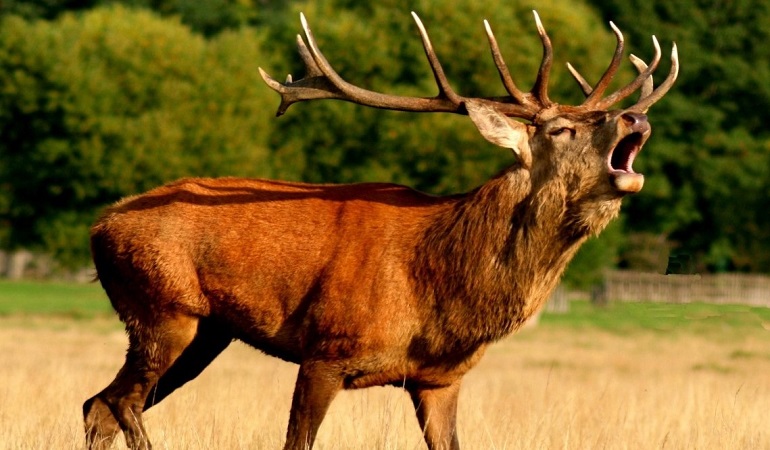
One of the oldest methods of hunting is subsistence hunting. However, hunters upped the game as humans evolved and their weaponry advanced. As always, hunting is not beneficial to animals. (It also includes fishing.)
Recreational Hunting
- Trophy hunting (to match big egos)
- Sport hunting or sporting
Recreational Hunting by Animal Type Includes Big Game Hunting
The big five meaning lion, elephant, bison, buffalo, the African leopard, and rhinoceros
- Bear
- Tiger
- Caribou
Medium and Small Game Hunting
- Deer
- Boar
- Mink
- Racoon
- Fox (believe it or not, this morning, there was a fox on the fence. He’s a regular though this is one of the world’s biggest cities)
Fowling (kill birds)
- Waterfowl like geese, ducks
- Shorebirds like snipe, sandpipers, plover
- Upland like quail, pheasant, turkey, grouse
Pest and Nuisance Management and Control or Predator Culling For
- Wolf
- Coyote
- Jackal
- Bobcat
Vermin and Varmint For
- Feral predators
- Rabbit
- Squirrel
- Rook
Commercial Hunting Operations For
- Seal
- Whales, dolphins, dugong
- Alligators, crocodile, caimans
- Kangaroo
Causes of Hunting
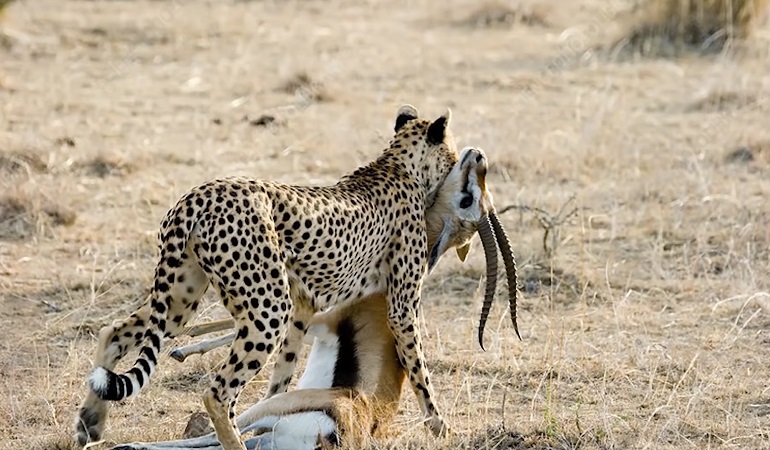
The causes of hunting are directly intertwined with human evolution. The devastating effects of overhunting have led to environmental consequences like animal extinction, poaching, and the destruction of forests and jungles.
Poaching is hunting and killing animals without a license for meat, fur, trade, and harvesting body parts regardless of protection status.
Hunting has long been explained away as a means for humans to exist. It gets a clean pass despite the problems it creates. Hunting was once a means of survival.
In part, the causes of hunting are now closely related to the enjoyment of sport hunting and poaching. Instead of allowing nature to manage its territory, humans intervene in their jaded effort to say it’s protecting wildlife. Wild animals have never requested our help.
National Traditions
Africa
Ernest Hemingway and Theodore Roosevelt were avid hunters who promoted safari hunting in Africa. Safari means long journey and typically implies hunting big game while camping. Today, safari is a tourist industry led by locals to help visitors kill the given species targeted in their natural habitat.
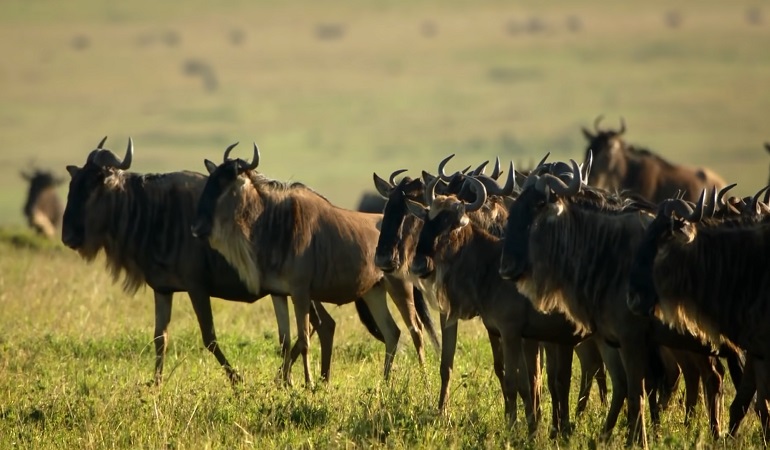
India
During British-India, hunting was a thrilling adventure involving Indian royalty and British officers recruiting local tribes to flush out exotic animals like Bengal tigers. They hunted using Indian elephants.
Many regional norms in India reject hunting. The Wildlife Protection Act of 1972 forbids killing wild animals. A Chief Warden can overrule this act if the situation warrants intervention. This hunt can include hunting an animal that is dangerous to humans or an animal that is hurt or diseased.

United Kingdom
Hunting was a type of vermin control to guard livestock in the U.K. Unarmed hunting on horseback for foxes is deeply ingrained in British history. The term hunting implies without qualifications. Shooting applies to birds, and stalking means tracking and shooting deer.
The use of sighthounds or scenthounds for fox or hare hunts is part of the tradition. Deer stalking means shooting deer without dogs, and the U.K. debate is ongoing. The use of dogs in hunting is illegal (2005), although the Hunting Act 2004 left several provisions for some forms of hunting with hounds.
Around 35 million factory-farmed birds are released for hunting onto shooting estates and are part of the British hunting legacy. Any experienced hunter can shoot fowl on these sanctioned properties.
USA

Hunting in North America is part of Native American culture. Native Americans still retain hunting and fishing rights. Hunting regulations are unique to each state and United States environmental laws (migratory birds and endangered animals). Protected species demand special licensing in all states and a safety course.
- Big game means deer, elk, moose, caribou, big horn sheep, mountain goat, bear, and bison.
- Small game includes rabbits, hares, opossums, raccoons, armadillos, and other desired species.
- Furbearing means beaver, mink, pine marten otter, bobcat, red fox, and other animals.
- Predators target wolves, cougars, and coyotes.
- Game birds are grouse, woodcock, pheasant, dove, etc.
- Waterfowl are ducks, merganser, geese, swans, etc.
Big game hunts have limits, with tags issued in applications often assigned only in lottery events. Tags are restrictive to an area, bag limit, and a closed season.
Although hunting has no historical or cultural significance in the USA. As many as 78% of Americans support hunting. Hunting is also touted as a conservationist method to protect animals.
Also, state agencies have access to over $200 million in taxes to spend on supporting wildlife management programs, including land use and education. Since every American already owns a gun, it only makes sense to use them to kill animals.
Australia
To eradicate pests or invasive species, Australia relies on hunters. Native animals fall under the protection of the law unless it’s a kangaroo or duck. These animals require a license to shoot on public lands during the open season. Non-native species like rabbits, foxes, deer, goats, donkeys, and camels are also hunted.

New Zealand
The only mammals that occur naturally in New Zealand are bats and marine animals inhabiting the shore. Early voyagers like Polynesians and Europeans brought many species like dogs, rats, and pigs.
Since these animals had no natural predators, they multiplied. They’re now classified as pests and have become an essential part of hunting resources.
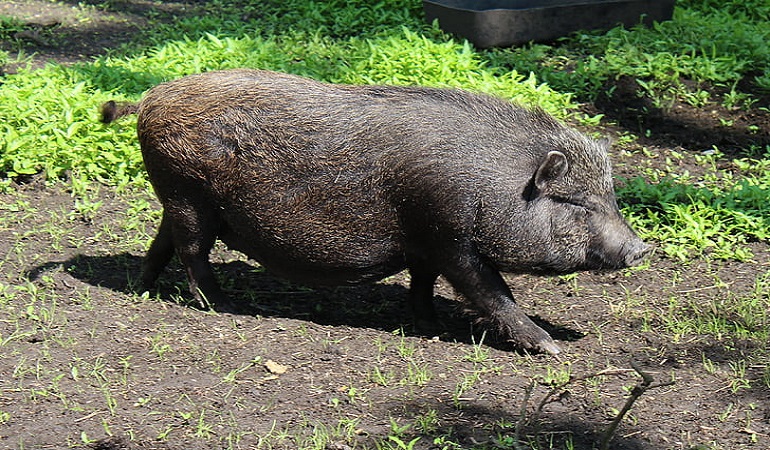
Iconic Species Being Hunted To Extinction
Will we stop at nothing? Have we learned nothing from our past to save the future? This topic is not an attack on legal hunting, although conservation has to be open to more than one technique. People decimated bison, wolf, and bear populations in our lifetime.
Considering the planet’s age, we’re on target to destroy. Under our guardianship, an estimated 30% of animals might become extinct. Some shrug and say, well, I’m not eating shark fin soup or working in the international trade and buying goods from illegal trade on the black market. Silence is a killer too!
Woolly Mammoths
It was a cataclysmic event. The great woolly mammoth supplied humans with fur and meat. But, back then, these subsistence hunters didn’t have modern technology to alert them that they were hunting the last of these giant birch-eating creatures that grew tusks up to 15 feet long.
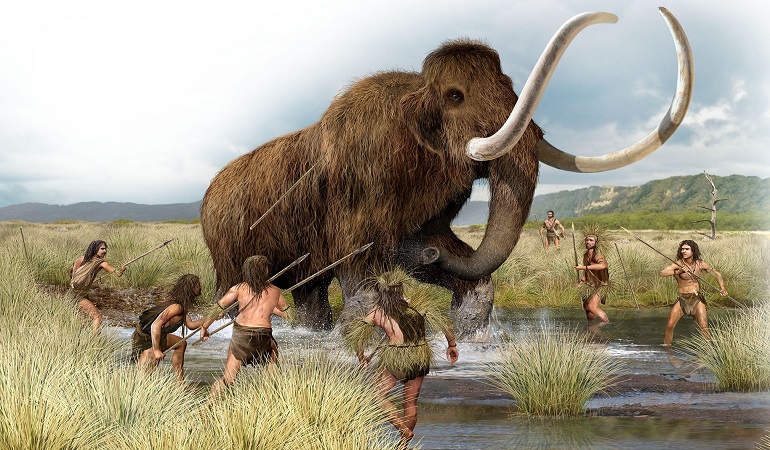
Woolley mammoths vanished nearly 4000 years ago at the end of the last Ice Age. What’s intriguing about these giants is that they were the smallest among their specie. A miner in the Yukon recently discovered a well-preserved baby woolly mammoth buried in the Permafrost.
Caspian Tigers
Tigers are clinging to the frail strands of hope. Trophy hunting has put tigers on the endangered list since 1960. Coveted for the thrill of the hunt and their fur, the Caspian tiger fought for its life. Attacked, the tiger faced poachers, legal hunters, and the Russian army.
Ordered to exterminate the tiger population near the Caspian sea, sacrificing the existence of tigers was a way to clear land for rice and cotton fields. Caspian tigers belong to the Siberian tiger family and became extinct around 1954 to 1959. Some rare sightings occur. Caspian tigers are a catastrophic and preventable loss.
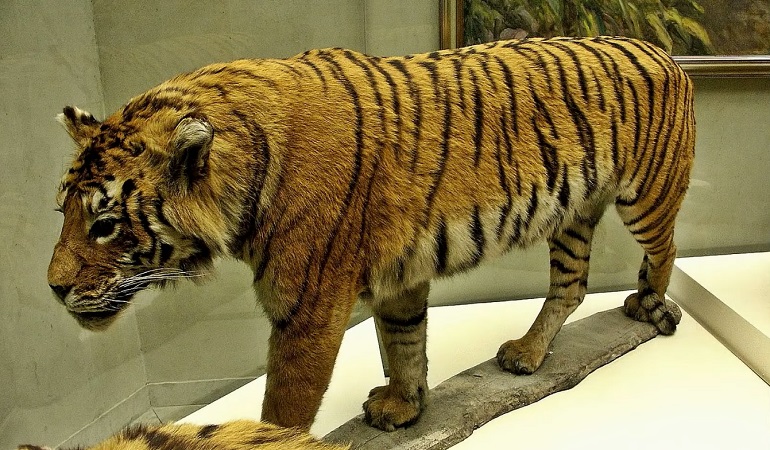
Thylacines (Tasmanian Tigers)
Tasmanian tigers died out nearly a hundred years ago when Benjamin, the last surviving carnivorous marsupial, died at Hobart Zoo. This unusual animal had the markings of a feline, a dog’s skull, and a marsupial pouch to carry its offspring. Unfortunately, Thylacines didn’t fare well as farming aided in habitat destruction.
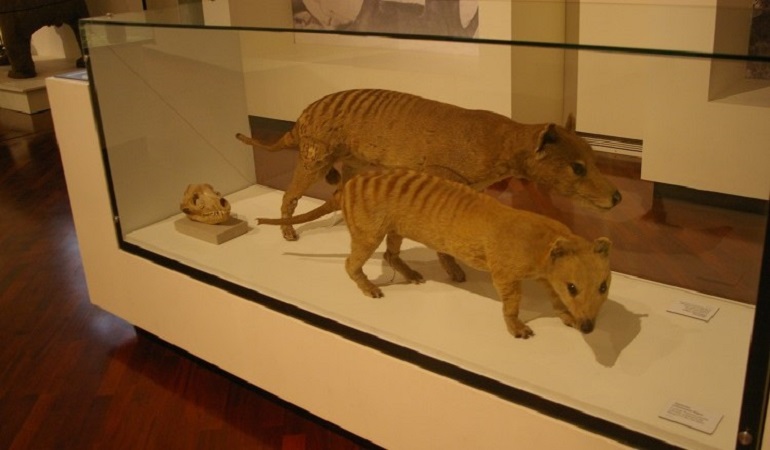
Farmers blamed Thylacines for attacking livestock, and dingos had it in for this unique creature. Farmers were encouraged to kill the animal until one wool and textile company (Van Diemen’s Land Company) eradicated this vulnerable creature.
With the support of the Tasmanian government, Van Diemen paid to hunt the Tasmanian Tiger. Within eighty years or so, the Thylacine vanished. The last surviving Tasmanian tiger died in captivity.
Dodos
Humans waste no time barging into territories, ransacking and exploring the terrain, and leaving death in their wake. The Dodo was another unique, flightless bird that humans destroyed within a century.
The Dodo was a bird without a care in Mauritius, where it lived until humans set foot on the beautiful island in 1581. People came in droves and brought animals that were natural predators of vulnerable creatures.
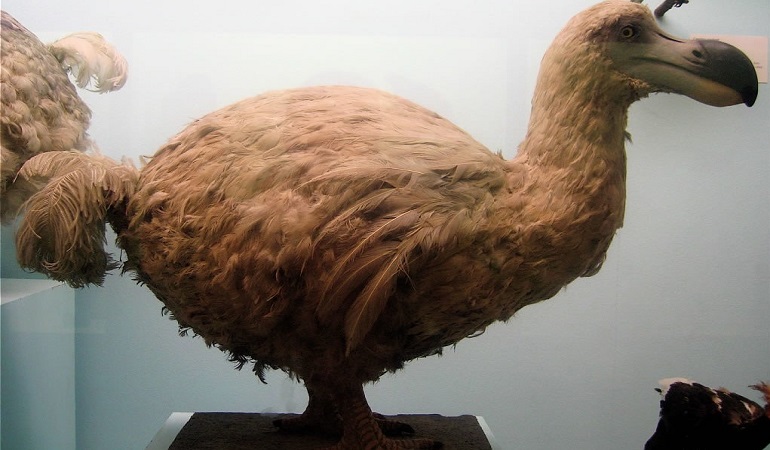
Before people arrived in Mauritius, it was a utopia for the Dodo. It had no natural predators until that ship dropped anchor. The Dodo is a creature hunted to extinction and destroyed through carelessness and ignorance.
Passenger Pigeons
The proof is in the pudding. Humans achieved pigeon genocide. The passenger pigeon was once so abundant that when a kit took flight, it counted in the billions. It leaves little hope for marine life that faces excessive hunting, believing that fish is an endless supply. The last passenger pigeon flew across the sky over a hundred years ago.
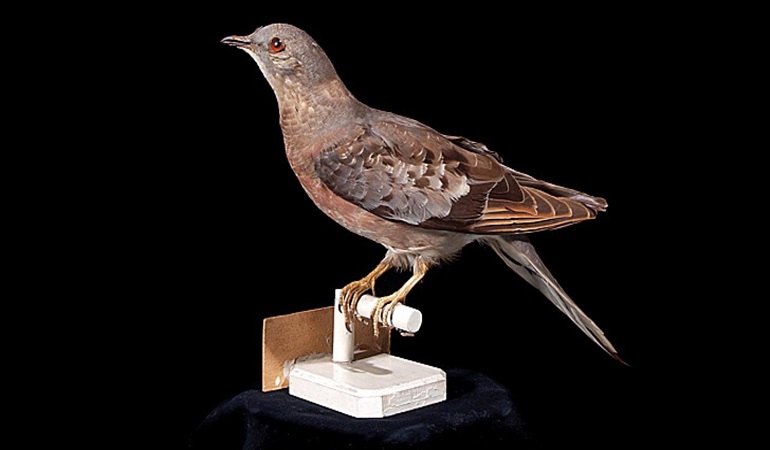
Passenger pigeons were on the menu to feed enslaved people. People believed it was impossible to hunt this abundant bird out of existence. This flawed theory proved everyone wrong at the expense of animals hunted for consumption.
The eradication of passenger pigeons is epic evidence. To reduce a creature that existed in the billions to zero in fifty years is a tantamount achievement. When people hunt an animal with relentless zeal and wipe out its habitat, it’s a recipe for destruction.
Polar Bears
If there’s ever been an animal that symbolized climate change and the effects of overhunting, it’s the polar bear. Although they live in wild territories in the Arctic Circle, Canada, Alaska, Russia, Greenland, and the northern Norwegian Islands, polar bears are greatly affected by climate change and hunting.
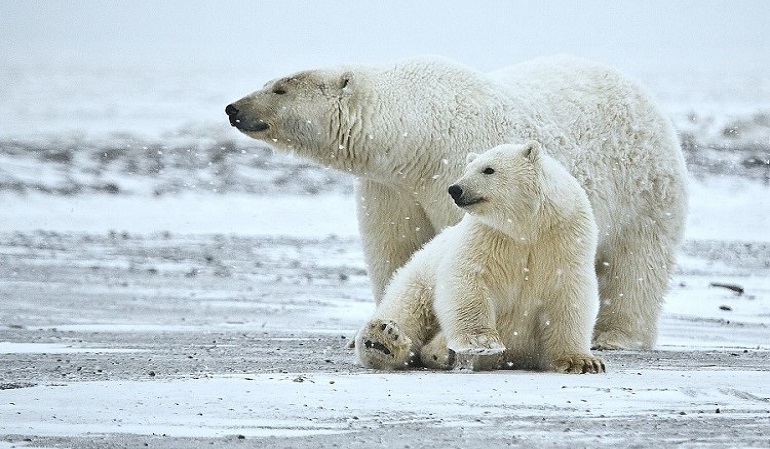
Polar bears have always been part of subsistence hunting in indigenous communities. Though indigenous live with tight hunting regulations, it’s legal to shoot one in most polar bears’ frozen environments. The Canadian government and some conservationist groups believe polar bear hunting is sustainable.
Estimates suggest there are 25,000 polar bears left. Yet ruthless hunters still think killing them for their sought-after meat, and luxurious $5000 pelt is okay. Also called sea bears, polar bears are marine mammals falling into extinction numbers. But that’s okay; we’ll always have iPhone pictures of them!
Muskox
Some people need help distinguishing muskox from a bison. However, the difference is significant. Like the bison, muskox belongs to the Bovidae family. Both are hunted to near extermination levels for their food and hide values. Some believe a dead muskox or bison head looks good on their wall.
Muskoxen are similar to bison but are part of the Caprine subfamily belonging to sheep and goats. Muskoxen are famous for spraying a volatile musky scent through their nose, a signal of aggression. The pungent odor also lures females.
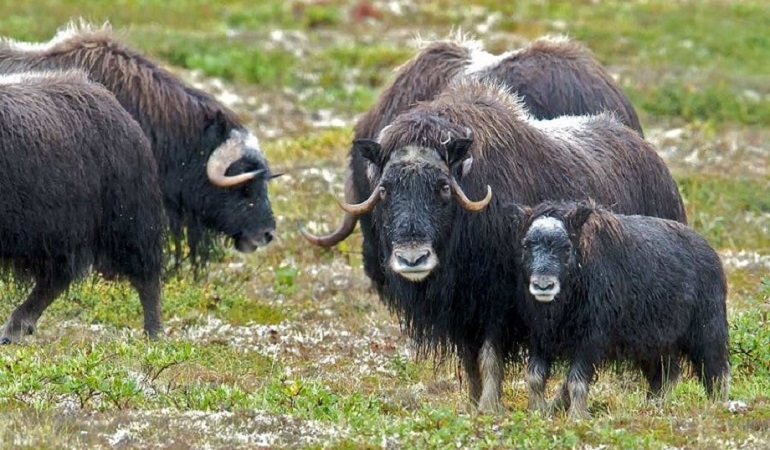
Strict hunting regulations and habitat protection helped save muskoxen from extinction from overhunting in the early 20th Century. Amazingly, humans have played a massive role in the muskox fight for survival.
We nearly wiped them out and then fought for their survival. How ironic! It would be devastating to lose this magnificent animal whose ancestors roamed the same territory as the woolly mammoth.
Mediterranean Monk Seals
Wow! We’ve nearly done it and brought the Mediterranian Monk Seal numbers down to fewer than six hundred. We destroyed their habitat by building on their beaches and shrinking their environment.
We also added a few pollutants, and since monk seals are marine animals, we tangled them in fishing lines and murdered them for eating “our’ fish.
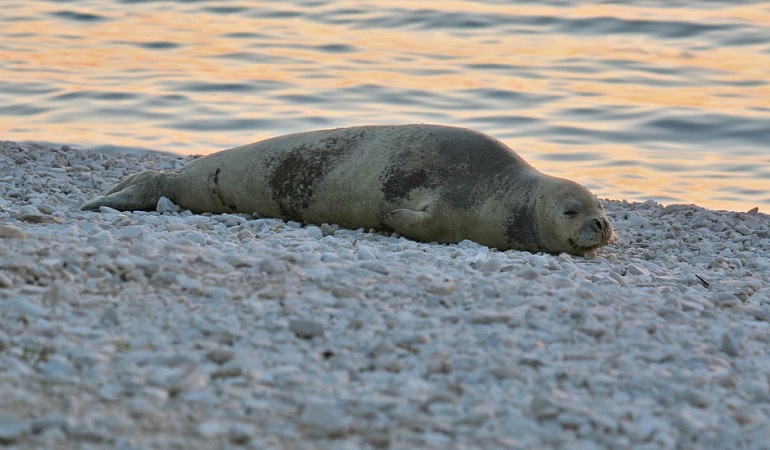
Mediterranean Monk Seals are tropical and subtropical marine mammals and are extremely rare. To date, they represent about 3% of their former historic numbers. The Mediterranean Monk Seal falls under the Endangered Species Act and Marine Mammal Protection Act. Its population is, fortunately, growing.
Marine biodiversity seriously became threatened by humans after the industrial revolution. Since then, populations of whales and seals have collapsed.
American Crocodiles
We’ve all seen snippets of the crocodile hunter trolling the waters of the deep south in America. For most people, it’s difficult to tell the difference between an alligator and a crocodile or a spectacled caiman. However, the legal hunt of alligators for leather critically endangered unique animal species because of excessive hunting.
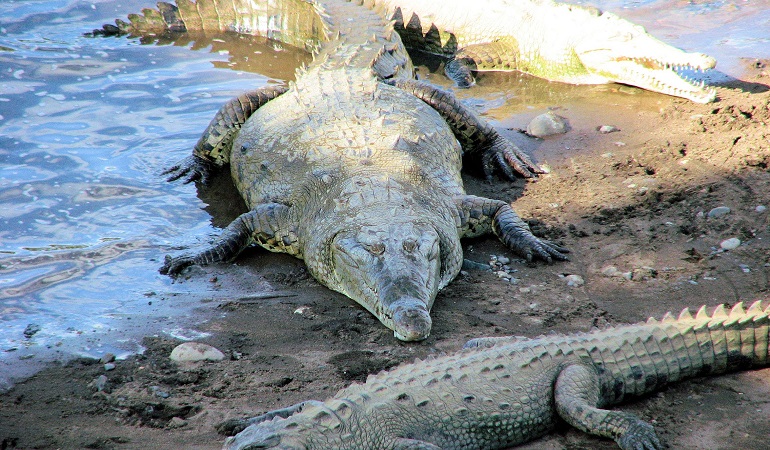
Hunters had it in for the American crocodile and devastated the population in the 1950s and 1960s until it nearly vanished from the brackish waters. The differences between crocs and gators are subtle.
Gators have wider snouts, while crocs have pointed V-snouts. Crocs like a combo of salt and freshwater, while gators prefer fresh.
American crocs are flourishing. The World Conservation Union changed its status from endangered to threatened in 2003. Despite their malicious appearance, American crocs are still vulnerable to threats.
Flying Foxes
Flying Foxes are bats that live on Australia’s coastal plains. This nomadic mammal belongs to the genus of Pteropus bat. With a wingspan measuring close to six feet, the Flying Fox is the largest bat in the world.
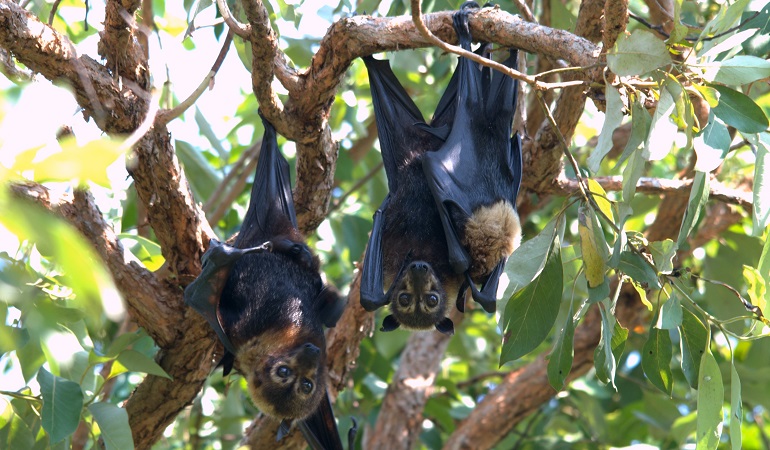
Native to the Pacific, the Flying Fox is on the brink of extinction due to hunting. The meat of this mammal is considered a delicacy. Favored by Australian Aborigines and other indigenous people of the Pacific, South-East Asia, China, and Africa, the Flying Fox has many enemies.
Since the Flying Fox feasts on fruit and flowers, it’s believed that the power and goodness transfer to the person who consumes the meat (very logical). Another theory is that Flying Fox meat cures asthma.
Great White Sharks
Everyone is appalled by the merciless killing of sharks for shark fin soup. However, while the practice is atrocious, Great White Sharks have many other significant enemies that have brought this magnificent animal to extremely fragile numbers.
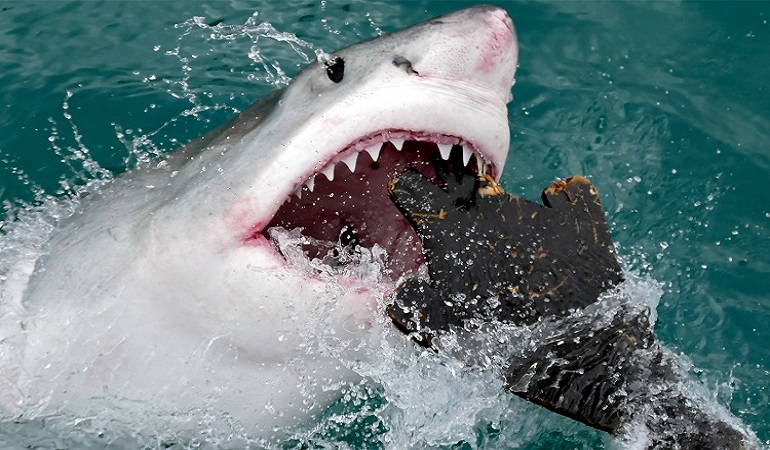
Great Whites are hunted for their fins and teeth and as sport fishing trophies because everyone needs a stuffed shark trophy. The other decline is undoubtedly due to commercial fisheries with no qualms about what they take from the ocean as bycatch.
Fish, seals, and other aquatic animals get caught in fishing lines and nets by the millions and discarded in our oceans, quickly filling up with plastic. Shark finning is illegal in Brazil, South Africa, and the USA; sharks die for our vanity. Commercial fishing kills up to 100 million sharks every year. Enough said!
Wildlife Management
Governments create laws and engage staff to create strict boundaries and habitats to manage wildlife populations. These boundaries should protect the well-being of animals and their habitat. However, they’re the means to protect the human population who continue to encroach on wildlife habitat.
Hunting and regulatory establishments that issue licenses and create the rules that govern hunting are often the same wildlife management representatives supposed to help protect wildlife.
Controlling one species through hunting can offset the natural order, as with coyotes. Hunting advocates believe they’re helping animals through hunting.
This ongoing debate over who does a better job managing nature divides hunters and environmentalists who believe that natural predators achieve the same result. Deer became the official target in local communities and culled to protect human health.
Statistics
The sheer volume of animals hunted and killed for sport and trophies is astounding.
Number Of Trophies From 2014 to 2018
- 75% of global trophy imports were imported by the U.S.
- 72,617 wild mammal trophies were imported to the U.S.
- 8,000+trophies are of species listed as threatened or endangered (ESA)
Animals Whose Trophies Were Imported to the U.S. Between 2014 and 2018
- 2,169 African lions
- 1,640 leopards
- 1,007 African savannah elephants
- 248 rhinos
Numbers Of Animals Hunters Kill In Africa Annually
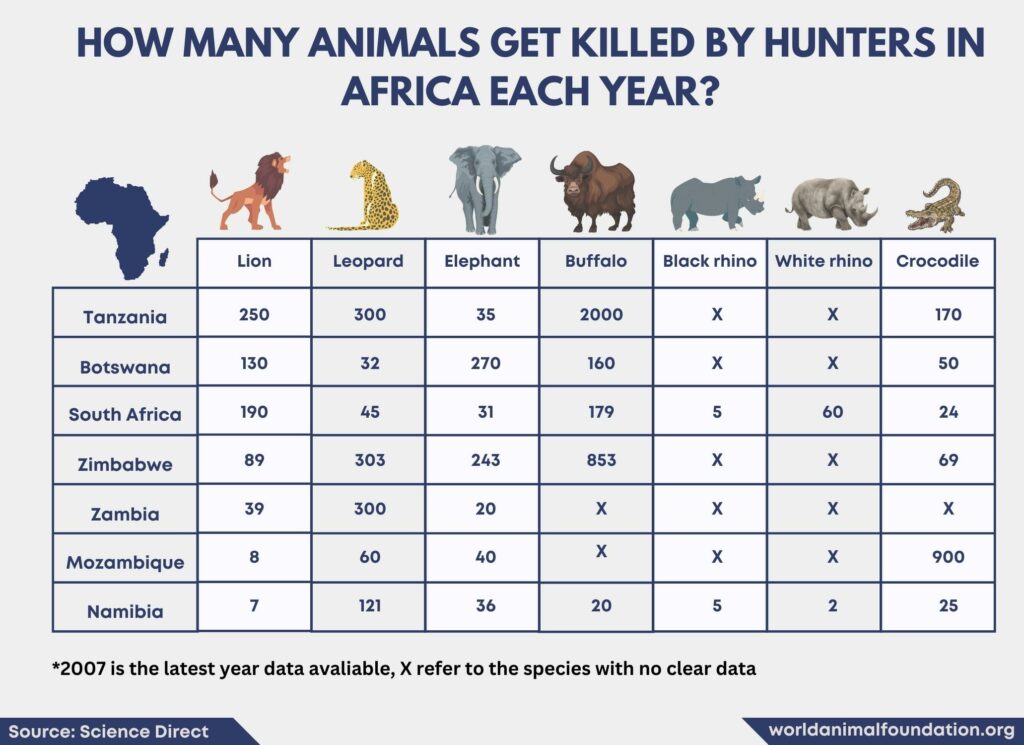
Number Of People In The U.S. That Went Hunting Between 2006 – 2020
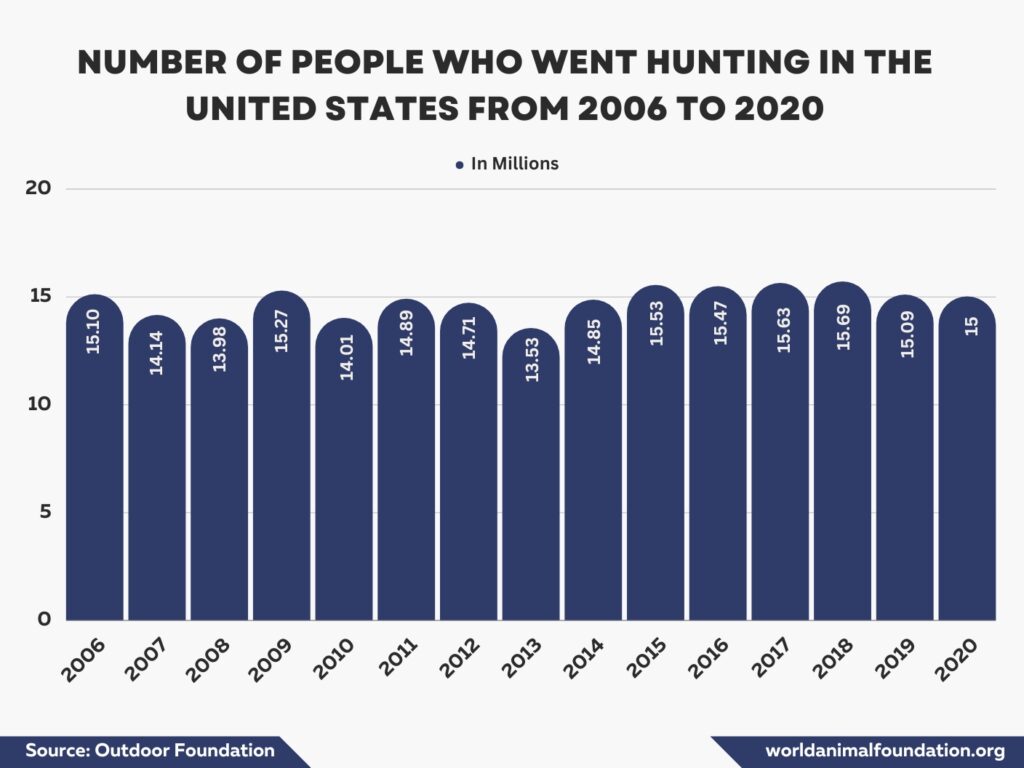
Trophy Hunting
Trophy hunting is about ego. Trophy hunters might have other reasons for taking an animal’s life, specifically targeted for the thrill of the hunt. Trophy hunting includes hunting captive animals bred for canned hunts or fair chase of wild animals.
Trophy hunting and sport hunting are closely related. Most animals are sacrificed for a specific body part or for fun. Many animals die to become stuffed wall mounts.
Many Nordic regions disapprove of trophy hunting as these communities rely on hunted animals as a food source. Typically, wealthy tourists favor safari-style hunting in Africa and India.
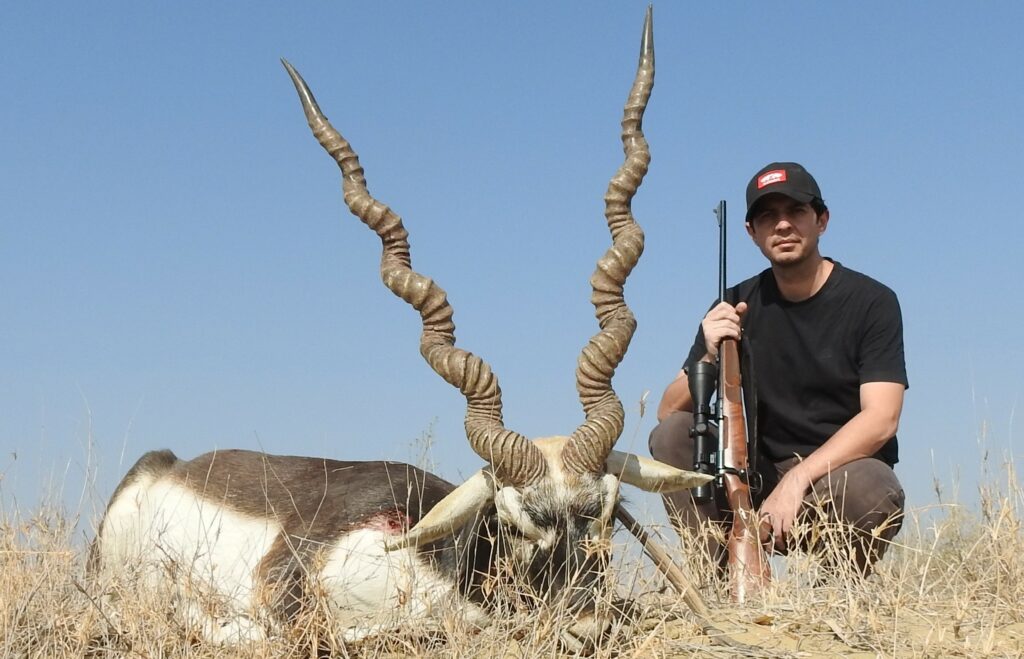
Environmental Problems
Aside from the damage hunting does to innocent animals and fragile ecosystems, lead bullets become toxic when left behind.
Although the quantities of lead might seem insignificant, waterfowl and birds might ingest the lead bullets left in rotting carcasses. U.S. federal law and 30 states have restrictions that forbid lead shot in waterfowl hunting.
Environmental groups are concerned that the EPA should follow the Toxic Substance Control Act and mandate control over spent shells and cartridges. The court found the EPA not responsible for spent lead.
Different species, forests, birds, and plant species extinction all come under attack on a local level and leave nothing for sustainable use.
Balancing Conservation and Human Interaction
Wildlife management claims that nature needs humans to control animals and natural surroundings.
According to resource managers, hunting is vital to prevent populations from overreaching their target population density and threatening other species, meaning humans. Coyotes are a prime example that hunting doesn’t have a predictable outcome.
Environmentalists believe that natural predators and reintroducing them to their traditional habitat return the balance quicker and more efficiently without introducing contaminants like lead into the food chain.
Since wildlife managers are part of hunting licensing authorities, they can also set the conditions for animal population control events through hunting.
Wildlife management focuses on culling herds to bring back a natural balance. Many hunting territories offer controlled ‘bag’ limits and seasonal hunting. Some measures limit weapons to balance the hunter’s success rate (this theory makes no sense at all) and instead allow bow and arrow only.
Wildlife Management Encourages Poaching
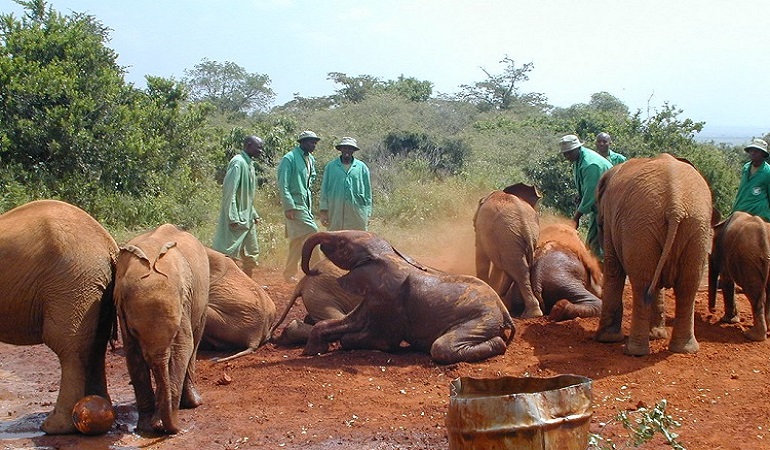
Poaching happens in most countries of the world, including America. Poaching is killing or harvesting animal species or plants for personal gain. It’s a side industry to hunting animals.
- Poachers kill and capture animals to sell on black markets for global trade.
- An increase in wealth for the Asian population leads to a growing demand for wildlife goods.
- Poachers trade in exotic birds, reptiles, and primates sold as pets.
- Many poached animals sell as delicacies, jewelry, medicinal ingredients with unsupported healing benefits, and home decor.
- Poachers also kill lions and African elephants to preserve crops (as farms encroach on animal habitats).
- Hunters and farmers kill wolves, coyotes, and predators that interfere with farming in North America.
- Between 2014 and 2017, more than 100,000 elephants died for ivory.
- More than 1000 rhinos die annually for their horns.
- Poachers kill hundreds of game wardens and rangers. In Africa, poachers murdered almost 600 rangers in seven years (2009-2016).
Anti-Hunting Sentiment
The argument about hunting is like a Merry-go-Round. Activists against hunting stand firm that, ethically, hunting is cruel and unnecessary. Nature doesn’t need our intervention.
Hunting kills animals who often die in excruciating pain, further disrupting nature’s balance. Conservations believe that other more humane methods to control animals exist and work.
Hunters don’t believe in the speciesist theory popularized by philosophist Peter Singer. Hunters believe hunting saves human lives and helps wild animals survive in healthier numbers. Hunters often say that large deer populations undergo mass starvation or disease episodes without human interference.
Final Thoughts
Sometimes it seems like yelling, and sometimes, it is. We’re all hypocrites to some degree; none of us are perfect! However, the power of humans, when they get together for the greater good, is astonishing.
Remember, no one person has to save the entire planet from extinction. However, your small contribution in preventing the hunting of animals to extinction makes all the difference.


